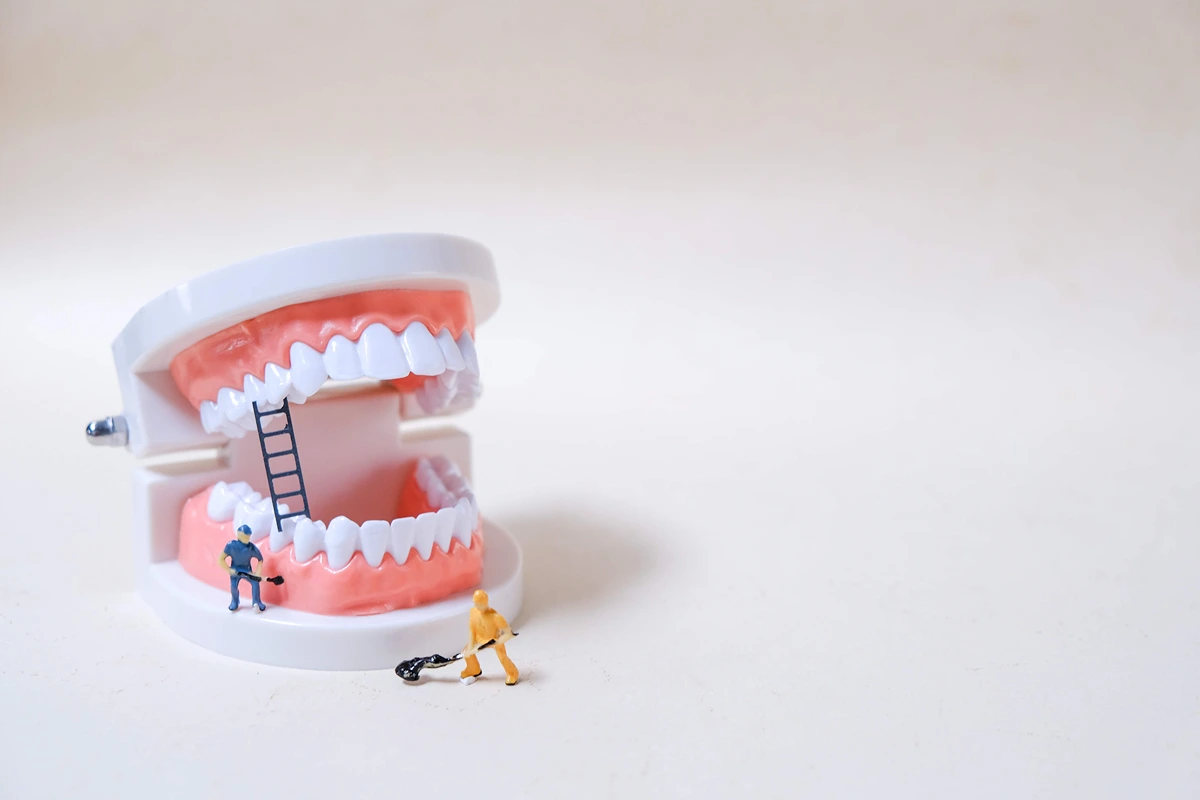The field of dentistry has evolved significantly over the years, and one of the major driving forces behind this transformation is the advancement in dental equipment. Dental equipment refers to the tools, devices, and machinery used by dental professionals to diagnose, prevent, treat, and manage oral health conditions. High-quality dental supplies and equipment are crucial in providing efficient, safe, and effective care. From basic tools like mirrors and scalers to advanced technology like digital imaging and CAD/CAM systems, the availability of modern dental equipment brings a wide range of benefits for both dental practitioners and patients.
Dental instruments and tools are essential for diagnosing, treating, and preventing oral health issues. Dentists, hygienists, and assistants rely on a wide range of specialized equipment.
1. Enhanced Patient Care
One of the most significant benefits of dental equipment is the improvement in patient care. Advanced tools allow for more accurate diagnoses and efficient treatments. Equipment such as intraoral cameras, digital X-rays, and 3D scanners give dentists a clear and detailed view of a patient’s oral condition. This helps in detecting problems early and planning precise treatments, which ultimately leads to better outcomes.
2. Increased Efficiency and Productivity
Dental equipment streamlines daily operations in dental clinics. With the use of powered handpieces, ultrasonic scalers, and autoclaves, dentists and hygienists can perform procedures faster and more effectively. Modern equipment reduces the physical strain on dental professionals, allowing them to treat more patients in less time without compromising on quality.
For example, digital radiography takes less time than traditional X-ray film processing, and CAD/CAM machines can create crowns or veneers in a single visit. These improvements save time for both the dentist and the patient.
3. Improved Diagnosis and Accuracy
Modern diagnostic tools provide precise and detailed insights that manual inspection simply can’t offer. Equipment such as digital X-rays, cone beam computed tomography (CBCT), and intraoral scanners help in identifying hidden dental issues like cysts, bone loss, abscesses, and infections.
4. Better Infection Control and Safety
Dental clinics are expected to follow strict hygiene and sterilization protocols to prevent cross-contamination and ensure patient safety. Sterilization equipment such as autoclaves, ultrasonic cleaners, and disinfectant foggers play a critical role in infection control.
5. Greater Treatment Options
With access to a broad range of dental equipment, clinics can offer a wider variety of treatments. From cosmetic dentistry and orthodontics to endodontics and oral surgery, specialized equipment allows dental professionals to expand their services.
6. Time-Saving Solutions
Time is a critical resource in any medical practice. Dental equipment that speeds up processes, reduces patient waiting times, and eliminates repetitive tasks is a huge asset. Digital impression systems, high-speed drills, and chairside milling machines enable same-day restorations, which would traditionally require multiple visits.
7. Enhanced Ergonomics for Dental Staff
Dental work is physically demanding, and repetitive motion or poor posture can lead to long-term musculoskeletal issues for dental professionals. Ergonomically designed dental chairs, stools, and handpieces help reduce physical strain on dentists and assistants.
Wait: Dental supply equipment includes a wide range of essential tools and devices used by dental professionals to ensure proper oral care and treatment.
8. Cost-Effectiveness in the Long Run
While the initial investment in high-quality dental equipment can be significant, the long-term cost savings often outweigh the upfront costs. Advanced tools tend to be more durable, require fewer repairs, and improve workflow efficiency, reducing operational costs over time.
9. Competitive Advantage
In today’s dental market, patients are more informed and selective. Clinics equipped with the latest technology and equipment are viewed as more professional, reliable, and advanced. This creates a competitive edge over clinics that rely on outdated tools.
10. Better Communication with Patients
Visual equipment like intraoral cameras and digital displays helps dentists explain diagnoses and treatment plans clearly to patients. When patients can see real-time images of their oral health conditions, they better understand the issues and are more likely to agree to treatment.
11. Support for Continuing Education and Training
Modern dental equipment often comes with software integration, allowing dental professionals to stay updated with the latest techniques and technologies. Training modules, instructional videos, and guided treatment workflows support continuous learning for the staff.
12. Digital Integration and Record Keeping
Modern dental equipment is often integrated with digital practice management systems, allowing for seamless record-keeping, appointment scheduling, and patient data storage. Digital X-rays, photos, and treatment records can be stored and accessed easily, reducing paperwork and human error.
13. Environmentally Friendly Practices
Many newer dental equipment options are designed with sustainability in mind. Digital radiography, for instance, eliminates the need for chemical processing of film X-rays, reducing waste and pollution. LED curing lights consume less energy, and advanced suction systems use less water.
14. Consistency and Standardization
Automated and digital dental equipment helps in achieving consistent results. For example, CAD/CAM systems allow dentists to create precise restorations with minimal variability. Automated mixing of dental materials, curing lights with set timers, and calibrated radiographic systems all contribute to standardized procedures.
15. Scalability and Growth Opportunities
As dental practices expand, having modern equipment enables scalability. Larger clinics or chains can standardize procedures across branches by using the same types of equipment. This ensures uniform quality and makes it easier to train new staff.
Conclusion
Dental equipment is not just a support tool for dentists—it is the foundation of modern dental practice. The right equipment enhances clinical performance, improves patient experience, supports staff health, and drives business success. As the demand for high-quality dental care continues to grow, the need for reliable, advanced, and efficient dental supplies becomes more critical.











Leave a Reply